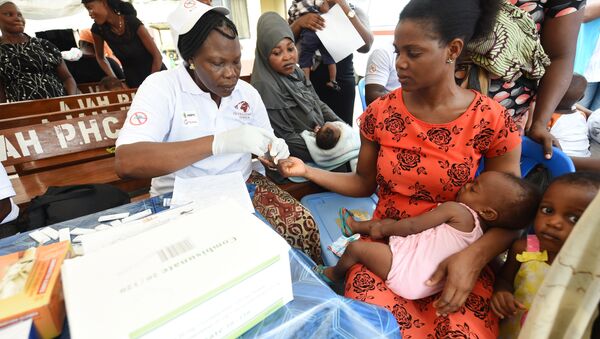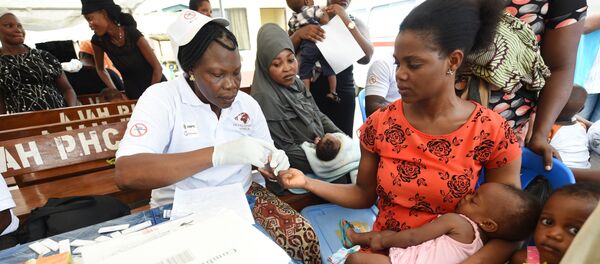In Sub-Saharan Africa, medical care has become increasingly more available, with more women and children receiving the necessary care and treatment than in 2010. The WHO found that the amount of children who underwent diagnostic tests in health facilities in 2015 increased 21 percent from 2010, while the amount of women who received preventative treatments increased 25 percent in 2015.
However, despite these developments, many countries in Africa and globally suffer from cases of malaria. The disease persists primarily due to underdeveloped and under-resourced public health systems, increased ineffectiveness of incentives, and the lack of availability of protective nets, the WHO stated. According to the organization, funding for malaria control poses a particular challenge.
"Despite a steep increase in global investment for malaria between 2000 and 2010, funding has since flat-lined. In 2015, malaria funding totaled US$ 2.9 billion, representing only 45% of the funding milestone for 2020 (US$ 6.4 billion)," the WHO stated in its report.
Malaria is transmitted through mosquito bites. In 2015, 91 countries registered cases of malaria. According to the WHO, Sub-Saharan Africa had 90 percent of all malaria cases and 92 percent of all malaria deaths in 2015.




